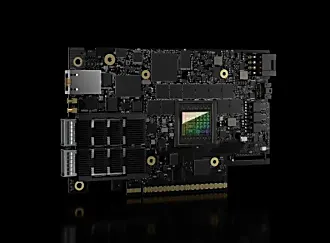Canonical
on 23 February 2016

Bhaskar Gorti, President, Applications and Analytics at Nokia discusses Service Modeling and NFV deployment
I had the opportunity to listen to keynote panel discussions on brand marketing, telco and service operator analytics, and NFV implementation. The thing that immediately struck me in the session discussions around implementing an NFV infrastructure was the number of difficulties expressed by the participants. Certainly NFV is not a technology migration at telco undertakes lightly, but it also doesn’t have to be as difficult as installing every Virtual Network Function (VNF) manually in a one-off manner.
The biggest excitement coming from our Ubuntu booth this week are demos that directly solve people’s biggest concerns about OpenStack, Big Data, analytics, and NFV infrastructure. The service modeling capabilities of Juju are really catching on with the telecoms and service providers. I heard “model” and “service model” referenced multiple times, in demos, videos, and by panel participants throughout the day.
We’re showing a pure SDN solution from PlumGrid that also has the control plane of a piece of Customer Premise Equipment (CPE) running as a cloud instance. Basically, that means your home WiFi router has all of its intelligence and capabilities centrally managed and instantly updated by your service provider.
We also have a software-defined radio antenna running 5G LTE with a completely virtualised infrastructure for the supporting communications network. Imagine your mobile phone connecting to a tower that could be remotely reprogrammed and updated from 4G LTE to 5G LTE by changes made to the telco provider’s cloud. We’re demonstrating that as a reality today.
The coolest thing about my first day at MWC 2016 was that everything we’re demoing in our booth (Hall 3, 3J30) is directly relevant to the pain points and talking points that were emphasized time and time again in every panel and break-out session that I attended. Everyone I met at some point ended up talking to one (or many) of our booth experts. Our products and our team are spot-on.
If you’re at MWC 2016 and you haven’t visited us yet, please come by! If you aren’t here, follow us on Twitter @ubuntu, @ubuntucloud and @baumanbill for tweets of the excitement all week long. We’re just getting started!



